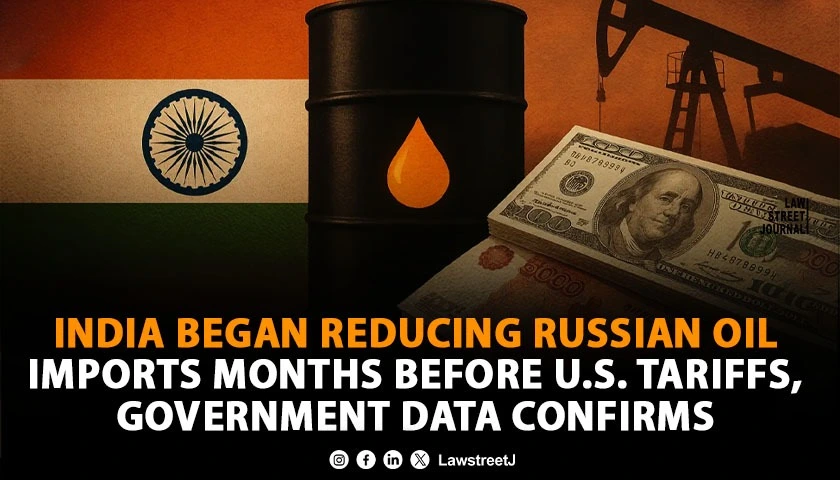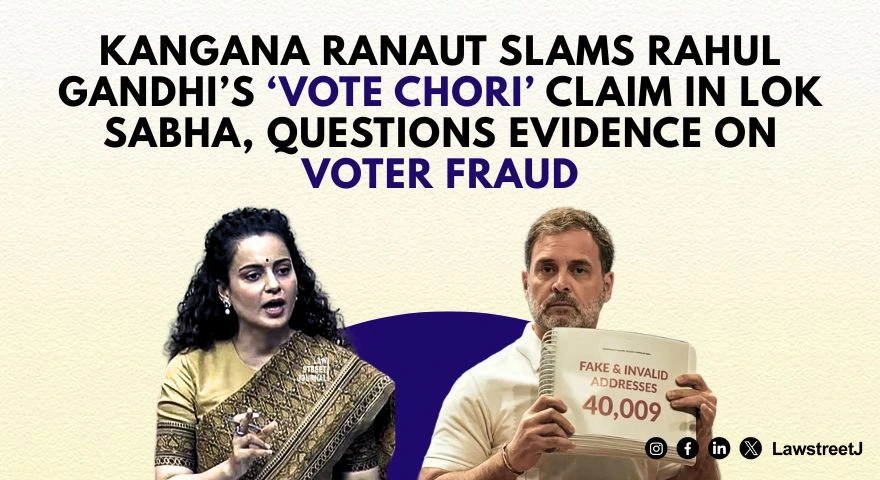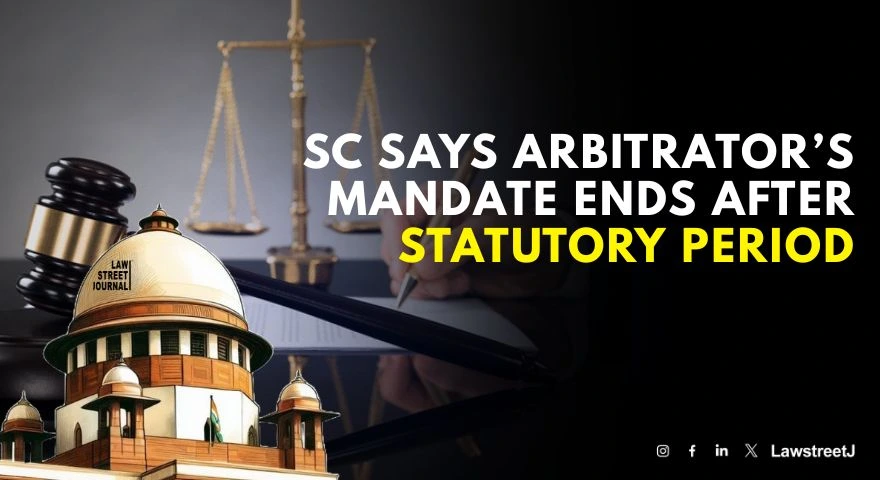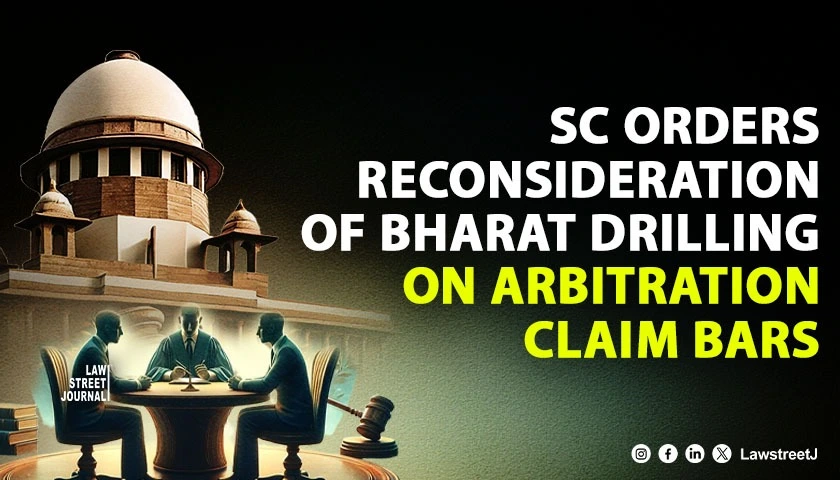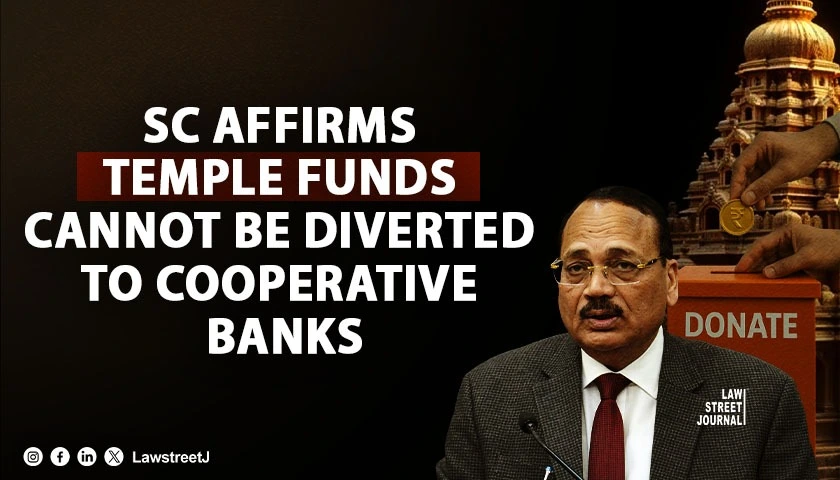New Delhi: Official trade data shows that India’s reduction in Russian oil purchases began well before the United States imposed a 25% tariff on crude oil shipped from Russia to India. The figures indicate that the shift was part of a broader diversification plan, rather than a reaction to the tariff decision taken by Washington in late August 2025.
Legal and Trade Timeline Highlights a Clear Pre-Tariff Decline
The United States announced an additional 25% tariff on Russian-origin crude imported by India on August 27, 2025. The move was justified by U.S. authorities on grounds of geopolitical concerns and what Washington described as trade imbalances. However, India’s trade records tell a more detailed story.
India had already lowered the value of Russian crude oil imports during eight of the ten months preceding September 2025, compared with the same period in 2024. September 2025, the first full month after the tariff came into effect, reflected this ongoing reduction. According to trade data cited by The Hindu, India’s Russian oil imports in September 2025 were 29% lower in value and 17% lower in volume than in September 2024.
The trend was not limited to absolute import numbers. Russia’s share within India’s overall crude basket also declined, indicating that the shift was part of a structural realignment rather than a temporary correction.
Some legal commentators have pointed out that the downward trajectory in India’s Russian oil purchases weakens the justification offered for the tariff. The Global Trade Research Initiative (GTRI), which monitors international trade trends, has also urged the U.S. government to consider withdrawing the tariff, citing India’s steps to reduce dependence on Russian crude even before the U.S. measure took effect.
Strategic Diversification and Evolving Bilateral Energy Ties
Officials in India’s Ministry of Commerce and Industry have described the change as a long-planned diversification strategy intended to reduce reliance on any one supplier. They have stated that this approach aligns with India’s broader energy-security goals and its efforts to maintain balanced relations with multiple strategic partners.
Around the same period, India signed a one-year agreement to import 2.2 million tonnes of LPG from the United States, marking a notable expansion in energy cooperation between the two countries. Crude imports from the U.S. have also risen sharply, reaching levels last seen in 2022. This rise mirrors India’s decision to recalibrate its supply mix.
Under international trade rules—particularly those established through the General Agreement on Tariffs and Trade (GATT) and the World Trade Organization (WTO)—unilateral tariffs require clear justification, either in the form of national security exceptions or evidence of trade distortion. Analysts have pointed out that India’s import data could become relevant if the tariff is examined under those frameworks.
GTRI and other trade bodies have argued that the facts on record show India was already adjusting its import basket before the U.S. imposed the tariff. The reduction in Russian oil imports has forced Indian refiners to source greater volumes from the Middle East and Africa. These grades are generally more expensive, and energy-sector analysts quoted by International News and Views have noted that the shift has led to higher procurement costs. Domestic fuel prices have also come under pressure as refiners adapt to the new supply pattern.
Despite these near-term market effects, the diversification process has strengthened India’s position in the broader energy landscape. A more balanced mix of suppliers reduces exposure to disruptions caused by geopolitical tensions or policy changes in any single country. The shift has also contributed to a closer energy partnership with the United States at a time when bilateral engagement in the sector is expanding.
As of November 2025, calls for reconsidering the tariff have increased. Trade observers have pointed to the mismatch between the tariff’s stated justification and the actual import pattern preceding the policy change. Several think tanks have noted that India’s early reduction in Russian shipments raises questions about the necessity of the tariff, given that the underlying trend was already towards diversification.
Future Outlook and Ongoing Diplomatic Discussions
India’s crude-supply portfolio continues to evolve as refiners respond to global market dynamics, price fluctuations, and diplomatic considerations. With higher imports coming from the United States and increased interest in alternative supply regions, the energy partnership between India and the U.S. is expected to remain a major factor in bilateral relations.
Whether the U.S. administration will revise or roll back the tariff remains uncertain. Diplomatic engagements and trade consultations are expected to continue in the coming months. The legal rationale for the tariff—especially if challenged by Indian stakeholders or discussed in multilateral forums—will likely draw attention to India’s documented shift in import behavior prior to August 2025.

